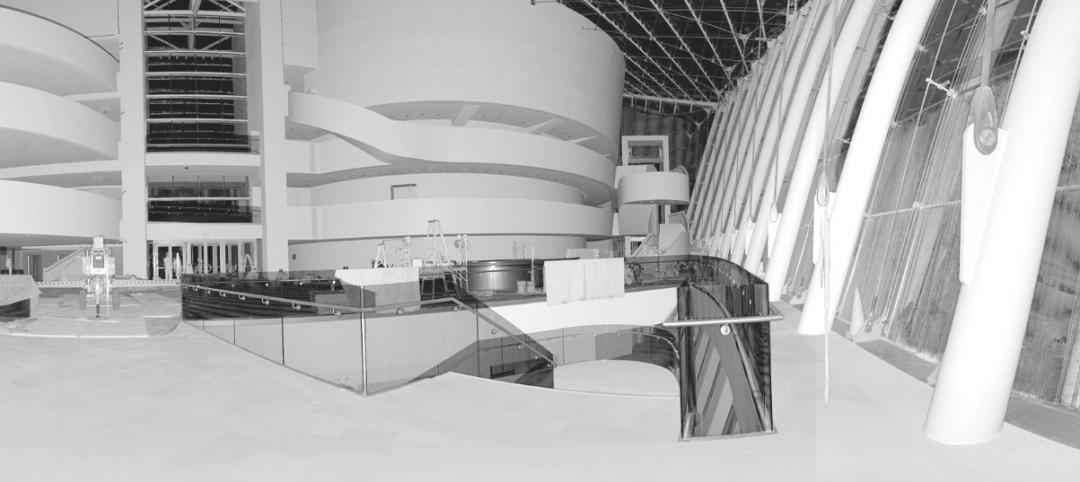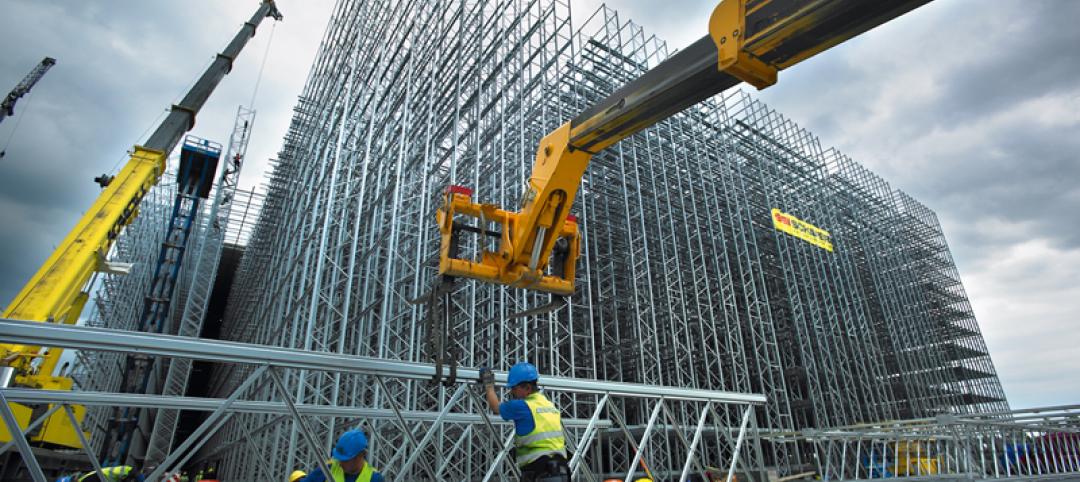Structure Tone, a global construction services firm with annual revenues of over $3 billion, will pay a $55 million forfeiture after pleading guilty to felony charges. The lawsuit in the State Supreme Court, in Manhattan, alleged that the New York-based firm had its subcontractors, including electrical, drywall, and plumbing subs, inflate bills for the company's clients. The work in question included jobs for Bank of America, Moody's, Proskauer Rose, Bloomberg, and other customers from 2005 to 2009.
A report in the New York Times indicates that Structure Tone pled guilty to one count of falsifying business records in the first degree, a felony. David Szuchman, the chief of investigations for the district attorney, says Structure Tone became aware of the investigation in 2010 and put new safeguards in place; Szuchman's office continues to monitor the firm's business records and will do so for three years.
When functioning as a CM, Structure Tone asked subs to put unnecessary contingencies in an addendum called "Rider B," which was unknown to Structure Tone's clients. Execs also asked for discounts from subs on lump sum contracts, when the firm was working as a GC.
The company issued a statement as follows:
“The record-keeping issues, which form the basis of this agreement, date back to the period 2005 to 2009, and we have fully cooperated with authorities from the beginning. The financial position of our company — which generates $3 billion annually in revenue — continues to be strong. Long before this process began, we strengthened our compliance protocols to improve transparency.”
Related Stories
K-12 Schools | Feb 26, 2015
D.C.'s Dunbar High School is world's highest-scoring LEED school, earns 91% of base credits
The 280,000-sf school achieved 91 points, out of 100 base points possible for LEED, making it the highest-scoring school in the world certified under USGBC’s LEED for Schools-New Construction system.
K-12 Schools | Feb 25, 2015
Polish architect designs modular ‘kids city’ kindergarten using shipping container frames
Forget the retrofit of a shipping container into a building for one moment. Designboom showcases the plans of Polish architect Adam Wiercinski to use just the recycled frames of containers to construct a “kids city.”
Building Team | Feb 24, 2015
Call for entries: 2015 Giants 300 survey
The annual Giants 300 Report ranks the top AEC firms in commercial construction, by revenue.
Industrial Facilities | Feb 24, 2015
Starchitecture meets agriculture: OMA unveils design for Kentucky community farming facility
The $460 million Food Port project will define a new model for the relationship between consumer and producer.
Contractors | Feb 24, 2015
ABC economist: Year-end construction backlog drops 1%, but still outpaces 2013
Despite a quarter-over-quarter decline, the U.S. construction backlog ended the year at 8.7 months, 4.4% higher than one year ago.
University Buildings | Feb 23, 2015
Future-proofing educational institutions: 5 trends to consider
In response to rapidly changing conditions in K-12 and higher education, institutions and school districts should consider these five trends to ensure a productive, educated future.
Office Buildings | Feb 23, 2015
The importance of quiet and the consequences of distraction
Recent work style studies show that the average knowledge worker spends 25-35% of their time doing heads-down focused work. Once thrown off track, it can take some 23 minutes for a worker to return to the original task.
BIM and Information Technology | Feb 23, 2015
9 best practices for effective laser scanning
JE Dunn’s National BIM Director, Trent Nichols, offers tips and advice for mastering the art of laser scanning.
Modular Building | Feb 23, 2015
Edge construction: The future of modular
Can innovative project delivery methods, namely modular construction, bring down costs and offer a solution for housing in urban markets? FXFOWLE’s David Wallance discusses the possibilities for modular.
Contractors | Feb 23, 2015
Rising Nonresidential Construction Index comes with struggles, FMI reports
Construction companies face the challenge of having enough people to keep up with increasing backlogs.
















